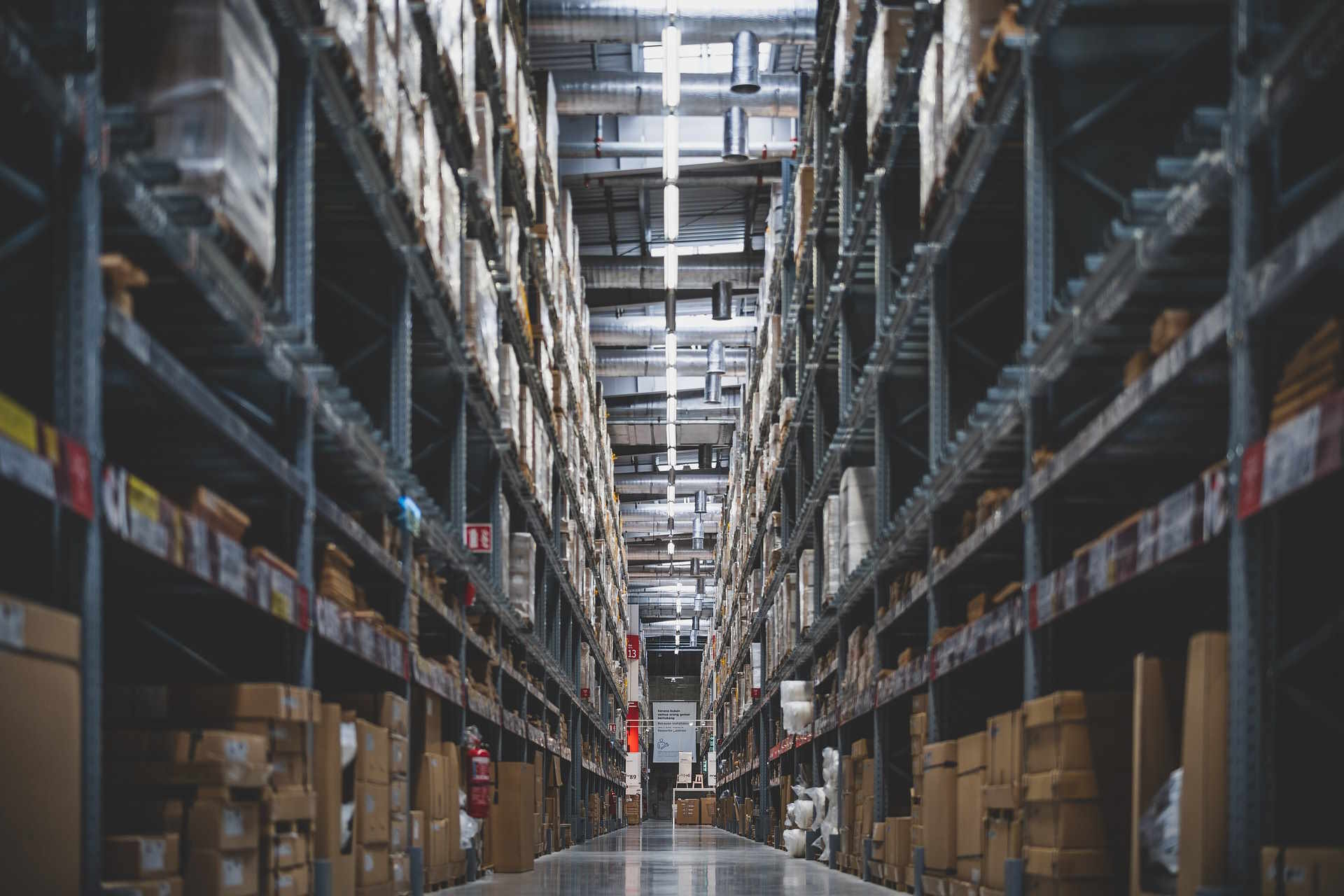Understanding Fuel Delivery Options: Scheduled, Automatic, and On-demand
Choosing the right fuel delivery model affects costs, reliability, safety, and environmental impact for homes and businesses that rely on heating oil and other liquid fuels. This article explains scheduled, automatic, and on‑demand delivery approaches, highlighting practical considerations for storage, tank monitoring, maintenance, logistics, and budgeting to help planners and operators decide what fits their needs.

Fuel delivery decisions shape reliability, efficiency, and safety for users of heating oil and other liquid fuels. Different models—scheduled, automatic, and on‑demand—offer trade-offs in inventory control, logistics, and cost predictability. This article breaks down how each option works, how storage and tank monitoring affect outcomes, and what maintenance, compliance, and sustainability factors should be considered when selecting a delivery approach.
What is scheduled fuel delivery?
Scheduled deliveries follow a fixed timetable set between the fuel supplier and the customer. This model is useful for facilities with predictable consumption patterns, such as seasonal heating systems or industrial operations with steady loads. Scheduled delivery simplifies logistics and budgeting because deliveries occur at agreed intervals, reducing the risk of unexpected runouts. However, it requires good forecasting: overestimating usage leads to excess inventory in tanks, while underestimating can still cause shortages. Scheduled plans pair well with routine maintenance regimes and clear record keeping to balance storage capacity with consumption.
How do automatic deliveries work?
Automatic delivery relies on supplier monitoring—either through customer-reported usage history or remote tank probes—to trigger refills before tanks reach critical levels. For heating oil, suppliers typically combine historical consumption patterns with current weather and usage trends to predict when a top-up is needed. Remote monitoring sensors improve accuracy by providing real-time tank levels, enabling just-in-time logistics. Automatic delivery reduces administrative burden for customers and minimizes runout risk, but it depends on reliable communication, accurate forecasting algorithms, and cooperative logistics planning between supplier and customer to maintain service consistency.
When is on-demand delivery appropriate?
On-demand delivery (also called call-in delivery) occurs when customers request a refill as needed. This model suits infrequent users, locations with variable or unpredictable consumption, or customers who prefer to manage inventory tightly to avoid long-term storage. On-demand can be cost-effective if market pricing and delivery fees align with consumption patterns, but it carries higher runout risk and requires active monitoring by the customer. For remote sites or critical systems, on-demand is often paired with alerting solutions or secondary contingency plans to prevent service interruptions.
How does storage and tank management help efficiency?
Storage decisions—tank size, placement, and material—directly affect delivery frequency, safety, and operational efficiency. Larger tanks reduce delivery frequency but increase capital tied up in stored fuel and require careful maintenance to prevent degradation. Proper tank siting and bunding reduce spill risk and simplify compliance with environmental rules. Good tank management uses inventory records, consumption logs, and, where feasible, automated monitoring to align tank capacity with delivery cadence. Efficient storage planning balances logistics cost, fuel turnover (to avoid long-term aging), and infrastructure constraints at the installation site.
What maintenance and safety steps are essential?
Routine maintenance keeps storage systems reliable: inspect tanks for corrosion, check fittings and valves, test leak detection and overfill prevention, and service burners and pumps. Safety practices include secondary containment, clear access for delivery vehicles, and documented emergency procedures. Compliance with local regulations often mandates periodic inspections and records retention. For heating oil users, addressing water ingress and fuel contamination prevents equipment failures and costly cleanups. Integrating maintenance schedules with delivery programs ensures windows for inspections and reduces the risk of delivery-related incidents.
How can monitoring and logistics support budgeting and sustainability?
Monitoring—either manual measurement or remote telemetry—enables precise forecasting and smarter logistics, which supports tighter budgeting and reduced environmental impact. Real-time tank monitoring helps plan fewer, fuller deliveries to cut vehicle miles and emissions, or alternatively, more frequent smaller deliveries to reduce tank dwell time and fuel degradation. Logistics partners that optimize routing and combine deliveries across nearby customers can lower per-delivery costs. Incorporating sustainability targets means choosing delivery intervals and suppliers with lower emissions profiles, efficient routing, or cleaner fuel blends, while ensuring compliance with local environmental standards.
Conclusion
Understanding scheduled, automatic, and on‑demand delivery modes helps organizations tailor fuel supply to operational needs, safety obligations, and budget constraints. Consider tank capacity, monitoring capability, supplier reliability, and regulatory compliance when deciding which model to use. Combining clear maintenance routines with data-driven monitoring and thoughtful logistics planning can improve efficiency, reduce risk, and support longer-term sustainability goals.






